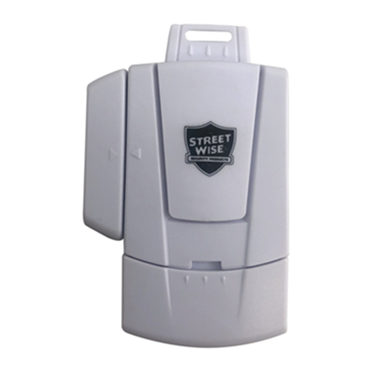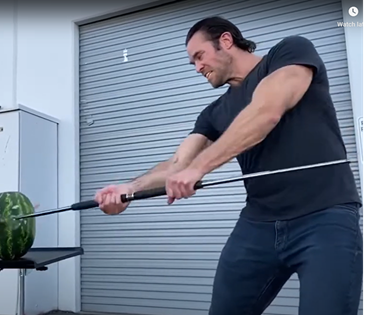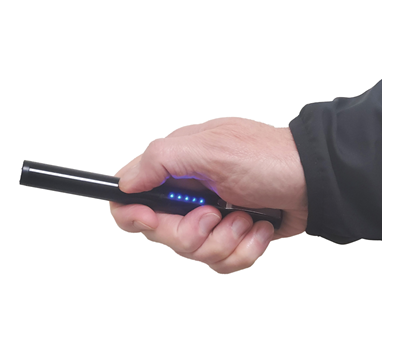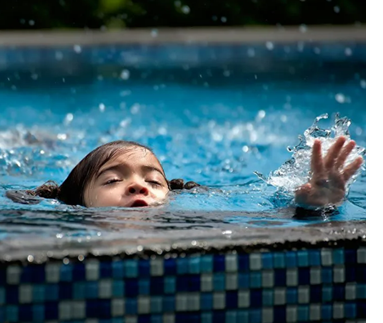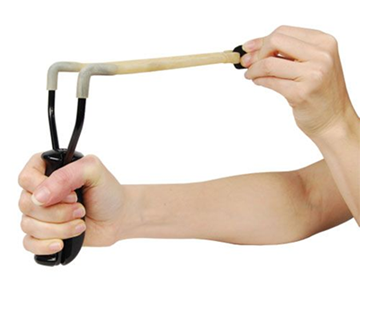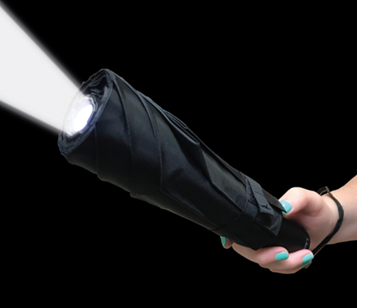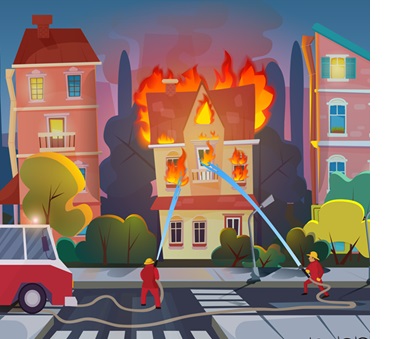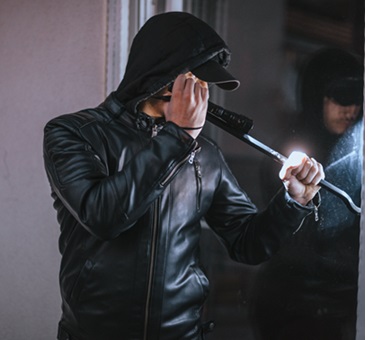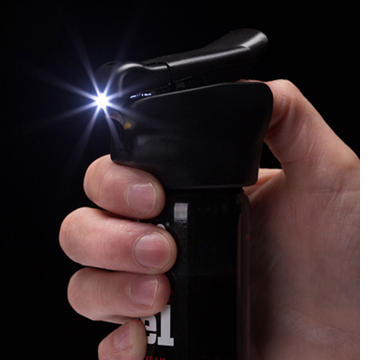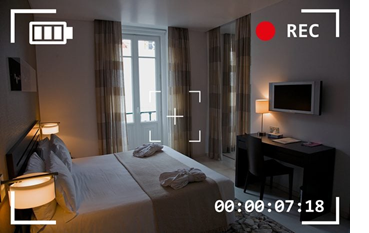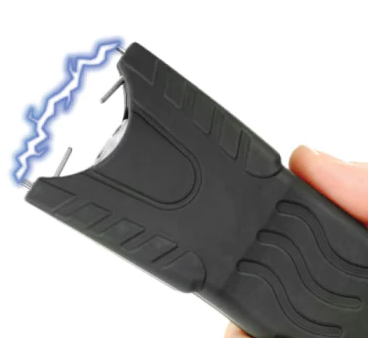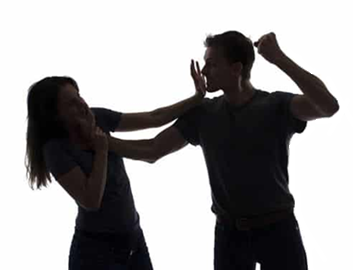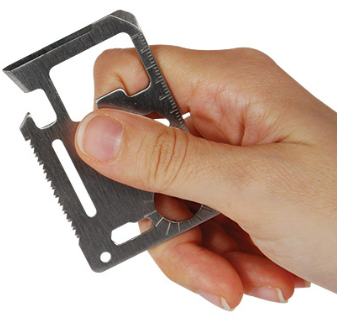Self-Defense for People with Disabilities
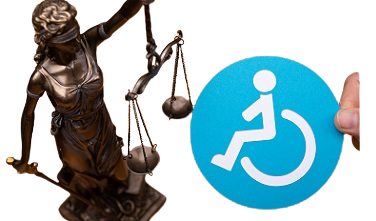 People with disabilities are just as likely to be victims of crime as anyone else, and in some cases, they may be even more vulnerable. This is because criminals may see people with disabilities as easy targets.
People with disabilities are just as likely to be victims of crime as anyone else, and in some cases, they may be even more vulnerable. This is because criminals may see people with disabilities as easy targets.
There are several things that people with disabilities can do to protect themselves from crime, including:
- Be aware of your surroundings. Pay attention to who and what is around you when you are out in public. Avoid walking alone at night and in deserted areas.
- Trust your gut. If you feel unsafe in a situation, don't be afraid to leave or to ask for help.
- Be assertive. Don't be afraid to stand up for yourself and to say no.
- Take self-defense classes. Several self-defense classes are specifically designed for people with disabilities. These classes can teach you how to use your strengths to defend yourself and how to adapt self-defense techniques to your specific needs.
Here are some specific self-defense techniques that people with disabilities can use:
- Eye gouging. If you are attacked from behind, you can try to gouge your attacker's eyes. This is a very effective way to disable your attacker and to escape.
- Kicking. If you can kick, try to kick your attacker in the shins, groin, or kneecaps. These are all very sensitive areas and a good kick can disable your attacker.
- Elbowing. If you are close to your attacker, try to elbow them in the face or throat. This is a very effective way to stun your attacker and to create space to escape.
- Biting. If you are in a desperate situation, you can try to bite your attacker. This can be a very effective way to cause them pain and to make them let go of you.
- If you have a disability that affects your mobility, you may want to consider carrying a self-defense weapon. Many self-defense weapons are available, such as pepper spray, stun guns, and tasers. Choose a weapon that is comfortable for you to carry and that you can use effectively.
Here are some additional tips for self-defense for people with disabilities:
- Carry a personal alarm. A personal alarm can be a very effective way to deter an attacker and attract attention.
- Have a safety plan. Think about what you would do if you were attacked. Have a plan for how you would escape and for whom you would call for help.
- Talk to your friends and family about your safety plan. Let them know what you would do if you were attacked and who they should call for help.
- It is important to remember that self-defense is not just about physical techniques. It is also about being aware of your surroundings, being assertive, and having a plan. By following these tips, you can reduce your risk of being a victim of crime and protect yourself if you are attacked.
Here are some additional tips for self-defense for people with specific disabilities:
For people with visual impairments:
- Be aware of your surroundings and listen carefully for any potential threats.
- Carry a cane or walking stick and use it as a weapon if necessary.
- Tell someone where you are going and when you expect to be back.
- If you are attacked, try to shout for help and attract attention.
- Be aware of your surroundings and use your vision to your advantage.
- Carry a personal alarm and use it if you are attacked.
- Tell someone where you are going and when you expect to be back.
- If you are attacked, try to wave your arms and make other visual signals to attract attention.
- Use a wheelchair or walker as a weapon if necessary.
- Carry a personal alarm and use it if you are attacked.
- Tell someone where you are going and when you expect to be back.
- If you are attacked, try to roll away from your attacker and shout for help.
- It is important to remember that everyone is different and what works for one person may not work for another. Experiment with different self-defense techniques and find what works best for you.
Self-defense classes for people with disabilities
Several self-defense classes are specifically designed for people with disabilities. These classes can teach you how to use your strengths to defend yourself and how to adapt self-defense techniques to your specific needs.
When choosing a self-defense class, it is important to find a qualified instructor who is experienced in teaching people with disabilities. The instructor should be able to modify the techniques as needed to fit your individual needs.
Conclusion
Self-defense is a critical skill for people with disabilities, who are just as susceptible to crime and, in some cases, even more vulnerable due to misconceptions about their perceived weaknesses. To safeguard themselves, individuals with disabilities should be aware of their surroundings, trust their instincts, and be assertive in setting boundaries. Self-defense classes tailored to their specific needs can empower them with practical techniques, such as eye gouging, kicking, and elbowing, while adaptive equipment and safety plans enhance their preparedness. Communication and continuous learning are key, ensuring that personal safety is a right accessible to all, regardless of physical abilities.

